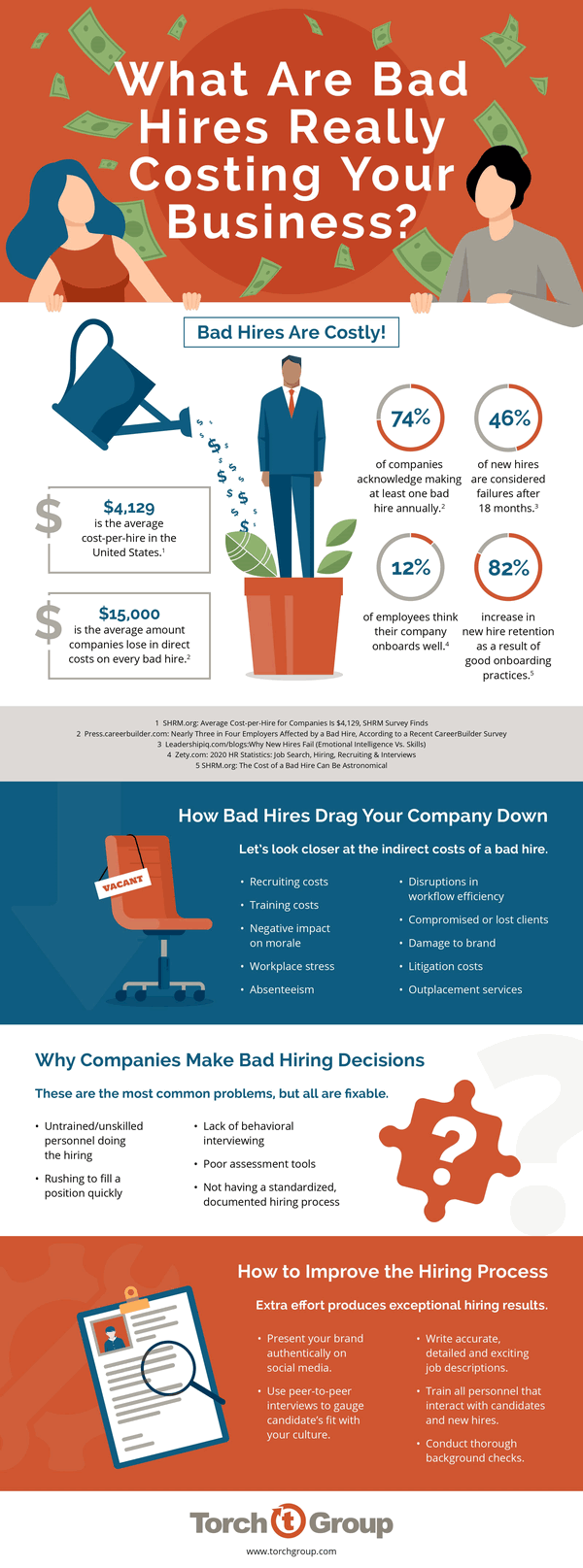There’s 1 word that makes any organization’s HR department, sales team, operations personnel and executives shake with fear:
Turnover.
When a single new hire isn’t the best fit for the position or for the company, organizations can chalk it up to bad luck. You didn’t hire the right guy, so what? It happens. But when new hires are continually not working out and your turnover numbers are high, stress ripples through the entire organization. Profits are lost, employee engagement is severely damaged, and your growth is stunted. Not to mention the sunk cost of attracting, interviewing and training of your poor hires.
Turnover affects almost every aspect of a business, including tangible and significant costs such as squandered payroll expense, litigation, wasted training dollars, wasted onboarding dollars, and much more. And yet these tangible costs, substantial as they are, really just represent the tip of the iceberg. Hiring mistakes hurt morale, productivity, customer relationships and brand image. If your company earns the reputation of being a revolving door of new hires and fires, your chances of attracting talented job candidates are greatly reduced.
So why are companies making poor decisions when it comes to the hiring process? It may be that your company in too much of a rush to fill a position and your vetting process is simplified to save time. Your business may be assessing the wrong skills and a complete overhaul of your assessment tools is needed. A lack of behavioral interviewing, discovering how a candidate acts in a specific employment-related situation, is an issue because you won’t get a sense of how a hire will work for company until their first day.
Establishing a standardized, documented hiring process with skilled personnel will help you reduce the risk of making a bad hire. With 74% of companies admitting that they make at least one bad hire annually, this isn’t the area that you should put aside and hope for the best. Prioritize your hiring process and watch your new hire retention skyrocket. If done well, employee morale and engagement will increase while your hiring costs, ($15,000 is the average amount companies lose in direct costs on a bad hire), will greatly be reduced.
The infographic below, What Are Bad Hires Really Costing Your Business?, provides a high-level overview of the costs of bad hires, why it happens and how to fix it. For new companies, it’s an excellent place to start putting together a solid recruiting team and interviewing process. For everyone else, the infographic serves as an excellent reminder and useful in-house training tool. Read on to learn more.
Infographic from torchgroup.com

